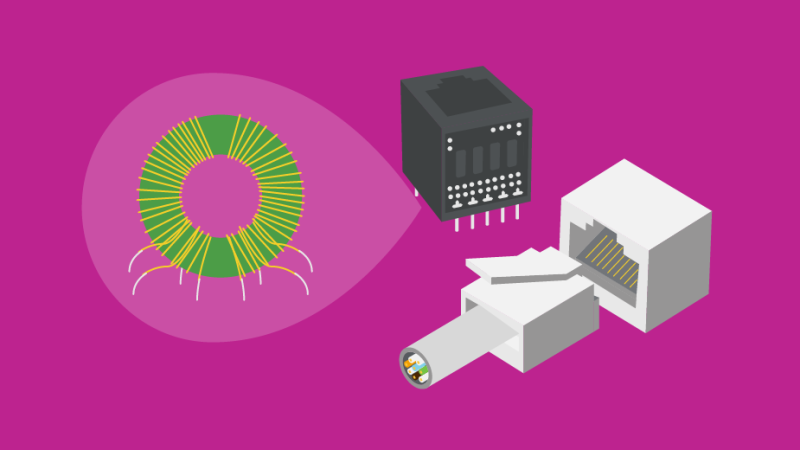AMS 4914: Overview and Alternative Solutions
Introduction to AMS 4914
AMS 4914 alternative is a specification provided by the Society of Automotive Engineers (SAE) for a type of titanium alloy known as Ti-6Al-4V. This alloy is renowned for its superior strength-to-weight ratio, high corrosion resistance, and excellent mechanical properties, making it widely used in aerospace, automotive, and industrial applications. However, depending on specific application requirements and performance needs, alternative materials or alloys might be considered.
Key Characteristics of AMS 4914
Composition and Properties
AMS 4914, commonly referred to as Ti-6Al-4V, consists primarily of titanium, with 6% aluminum and 4% vanadium. This composition gives it a unique set of properties:
- High Strength: The alloy exhibits high tensile strength, making it suitable for structural components in demanding environments.
- Low Density: The lightweight nature of the alloy is advantageous for reducing the overall weight of components.
- Corrosion Resistance: The alloy offers excellent resistance to various forms of corrosion, including saltwater.
Applications
Due to its high performance, AMS 4914 alternative is extensively used in:
- Aerospace Industry: For components such as turbine blades, airframe structures, and landing gear.
- Medical Devices: In implants and prosthetics due to its biocompatibility.
- Automotive Sector: For high-performance parts and components where weight reduction is critical.
Challenges and Limitations of AMS 4914
Cost
One of the major drawbacks of AMS 4914 is its cost. The titanium alloy is significantly more expensive than other metals due to the complex extraction and processing techniques required.
Machinability
Ti-6Al-4V can be challenging to machine due to its hardness and strength. This can lead to increased tool wear and longer production times, impacting overall manufacturing costs.
Availability
The supply of AMS 4914 can sometimes be inconsistent, leading to delays in production and potential supply chain issues.
Alternative Materials to AMS 4914
1. Ti-6Al-4V ELI (Extra Low Interstitial)
Composition and Properties
Ti-6Al-4V ELI is a variant of the Ti-6Al-4V alloy, with reduced interstitial elements (oxygen, nitrogen, and carbon), which improves its toughness and impact resistance.
Applications
It is often used in medical implants and aerospace components where superior ductility and reduced brittleness are required. Its properties make it a suitable alternative for specific applications where AMS 4914 alternative might fall short.
2. Beta Titanium Alloys
Composition and Properties
Beta titanium alloys, such as Ti-13V-11Cr-3Al, offer high strength and superior fatigue resistance. They are typically more ductile than Ti-6Al-4V and can be heat-treated to achieve various mechanical properties.
Applications
These alloys are used in aerospace applications where high strength and resistance to fatigue are critical. They also find use in high-performance sports equipment and automotive components.
3. Aluminum Alloys
Composition and Properties
Aluminum alloys, such as 7075-T6, provide a good balance of strength and weight, though not to the extent of titanium alloys. They are generally less expensive and easier to machine.
Applications
Aluminum alloys are widely used in aerospace and automotive industries for components where titanium’s superior properties are not essential. They are often used in structural applications, including aircraft frames and automotive parts.
4. Steel Alloys
Composition and Properties
Advanced high-strength steels (AHSS) and maraging steels offer high tensile strength and are more cost-effective than titanium alloys. They are generally heavier but provide excellent mechanical properties at a lower cost.
Applications
These steels are commonly used in automotive and industrial applications where high strength is needed, but weight reduction is less critical.
Conclusion
While AMS 4914 alternative remains a leading choice for applications requiring high strength and low weight, various alternatives offer competitive properties for specific needs. Ti-6Al-4V ELI, beta titanium alloys, aluminum alloys, and advanced steels each present unique advantages and may be more suitable depending on the application, cost considerations, and specific performance requirements. Evaluating these alternatives in the context of the intended application can help in selecting the most appropriate material for optimal performance and cost-effectiveness.
FAQs on AMS 4914 Alternatives
1. What are some common alternatives to AMS 4914 in aerospace applications?
Answer: Common alternatives to AMS 4914 (Ti-6Al-4V) in aerospace applications include Ti-6Al-4V ELI (Extra Low Interstitial) for improved toughness, and beta titanium alloys such as Ti-13V-11Cr-3Al, which offer high strength and fatigue resistance. Additionally, aluminum alloys like 7075-T6 are used where high strength and weight savings are important but the superior properties of titanium are not necessary. These alternatives are chosen based on specific performance requirements, cost considerations, and application demands.
2. How do the costs and machinability of AMS 4914 compare to its alternatives?
Answer: AMS 4914 is relatively expensive due to the complex extraction and processing of titanium. Its machinability is also challenging, leading to higher tool wear and longer production times. In contrast, alternatives like aluminum alloys are generally less costly and easier to machine. Beta titanium alloys, while potentially more expensive than aluminum, often offer better machinability compared to AMS 4914. When considering alternatives, it’s important to weigh the material’s performance benefits against its cost and machinability to determine the most suitable option for the specific application.





